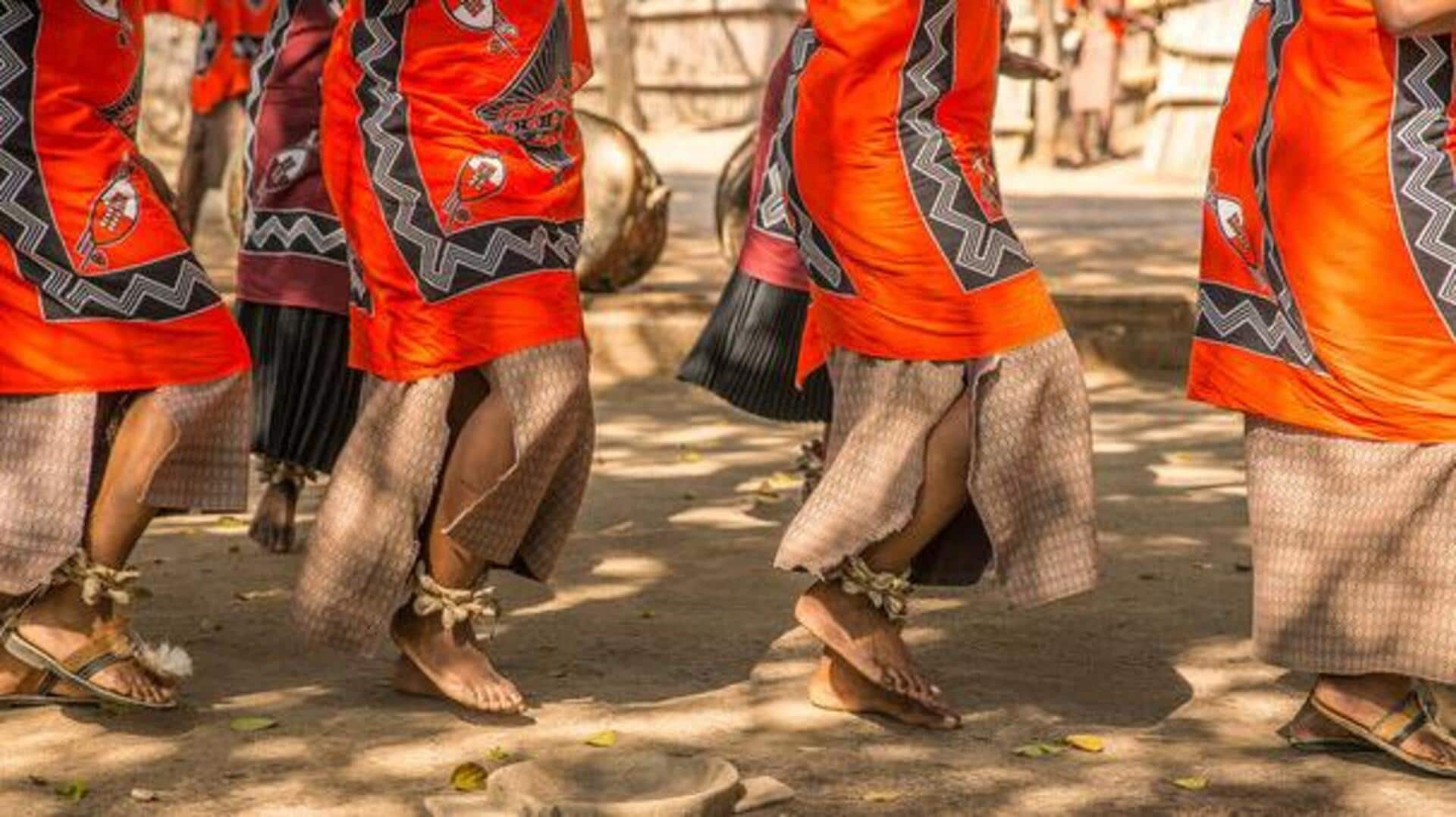
Traditional dance styles of Africa: A list
What's the story
African dance is a beautiful expression of culture, history, and community. Each region has its own unique styles, which are often passed down through generations. These dances are not just art forms but also a way to connect with ancestors, celebrate life events, and strengthen community bonds. From rhythmic movements to vibrant costumes, African dance styles offer a glimpse into the continent's rich cultural tapestry.
Adumu
The energetic Adumu dance
Adumu, popularly known as the jumping dance, is a traditional dance of the Maasai people of Kenya and Tanzania. The dance is characterized by men jumping high off the ground while keeping their bodies straight. The higher the jump, the more the respect from the audience. Adumu is usually performed during ceremonies and celebrations, showcasing strength and endurance.
Umteyo
Graceful Umteyo dance
Umteyo is a traditional dance of the Xhosa people of South Africa. It is characterized by rapid hip movements and graceful arm gestures. The dance is usually performed by women during social gatherings or celebrations. Umteyo symbolizes femininity and grace while also serving as a means of storytelling through movement.
Ndombolo
Vibrant Ndombolo dance
Ndombolo is a lively dance that originated in the Democratic Republic of Congo in the late 1990s. It combines fast-paced footwork with rhythmic body movements, often accompanied by upbeat music. Ndombolo has gained popularity across Africa for its infectious energy and ability to get people on their feet at parties or social events.
Adamu
Spiritual Adamu dance
Adamu is a spiritual dance performed by some West African tribes during religious ceremonies or rituals. The dancers enter a trance-like state, moving their bodies in sync with the drumbeats. This style emphasizes connection with the spiritual world, often involving elaborate costumes that enhance the visual impact of the performance.